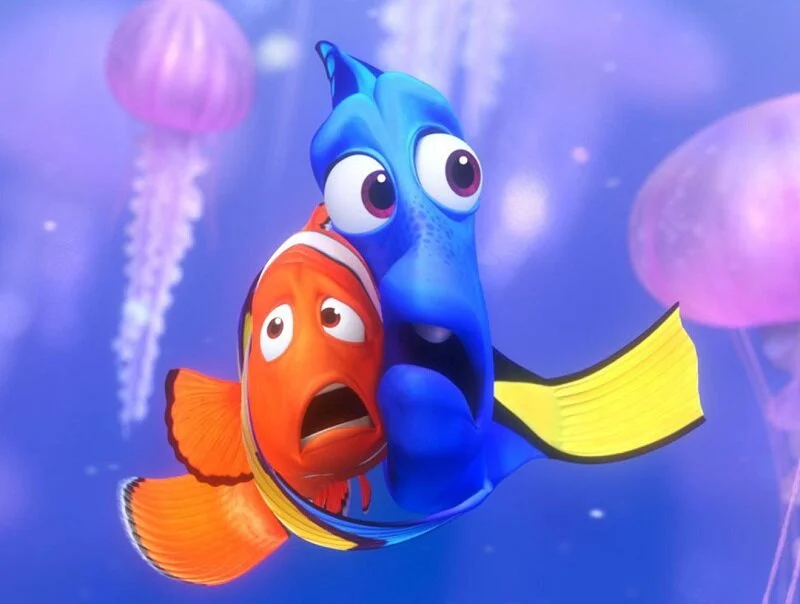Did The Incredibles Rip-Off Watchmen?
The Incredibles. Image courtesy of Pixar.
Before The Incredibles was released in 2004, Pixar had perfected the art of leveraging technological advances to digitally animate fantasy worlds that a conventional film couldn’t reach: alternate dimensions populated by monsters with a rather rigid bureaucratic system; the underwater social relations of sea creatures; a world of sentient toys. But with The Incredibles they brought wunderkid Brad Bird in to do something perhaps even more difficult: tell a story about humans, set in our own more or less recognizable world.
Animation is great for building worlds and creating characters that cannot be accessed in any other way. Really, the only limit is on on what the mind can imagine and the limits of technology can animate it. It’s actually much harder, as Robert Zemeckis has learned during a seemingly endless number of attempts, to animate humans and tell human stories. You can’t get too realistic, because the animation never looks quite right. So you need to walk a fine line between cartoons that are recognizably human, doing things in a recognizably human world, but still fantastical enough that it works in an animated context.
The Incredibles walked that line to perfection. This is one of my all-time favorite Pixar movies. It’s also one of the first films to aim a bit higher, and go for more mature content. At one point Elastigirl bluntly tells her kids that people are coming to kill them. That’s dark enough for Don Bluth, and a level up from cute stories about sentient toys being jealous of one another. The Incredibles also leveled up on the technical side, doing things like wet hair that hadn’t been done in 3-D animation before. It’s beautifully animated, with great characters and really great action such as the Classic 100 Mile Dash sequence.
But we have to also remember when The Incredibles came out - 2004, right at the beginning of the Super Hero Renaissance and before Marvel had even released Iron Men, let alone started building a fully connected cinematic universe. In 2004 the cinema landscape was not yet saturated with super hero movies, and so The Incredibles actually got the drop on subversive riffs on the genre that would come out later, like Super or Watchmen. In 2004 the X-Men and Spider-Man content that was coming out from Fox and Sony was still very rote, formulaic and safe.
So it was rather mind-boggling that an animated film would have the most interesting things to say about super hero films when the genre as the cultural force we know it as today was still in its infancy. The role reversal, where the super heroes were actually feared by the public and had to hide their talents was such an interesting take it elevated the film beyond its technical achievements and brought it to a higher level. Granted, the graphic novel Watchmen had explored this territory first, but not yet in feature film form.
It’s kind of easy to call The Incredibles a sleek, PG animated knock-off of Watchmen. But while the ideas are very similar, I think the main thing that elevates The Incredibles is that animation is the right medium for this kind of story. My problem with Watchmen, the film and the HBO series, has always been that it takes itself too seriously. Many people will argue in good faith that the graphic novel is high art, and even a literary classic. But watching human actors dress up in under-roos and act like super heros, in what is meant to be a serious dramatic fashion, has always kind of taken me out of Watchmen. How can we take these goofs seriously? The medium of film is in some ways too real for the outlandish silliness of the concept.
By contrast, animation is the perfect medium for it. We see recognizable human characters doing fantastic things in The Incredibles and it doesn’t take us out of it because the nature of animation is to stretch the boundaries of what’s physically and visually possible. The Incredibles tells a complex story that subverts genre convention in interesting ways, and the story works better in animation then it does when Zack Snyder is shooting it on film. So perhaps that is an unpopular opinion, but even though it came after the graphic novel it was the first film to do justice to and play with those ideas in the medium - animation - for which they are best suited.




